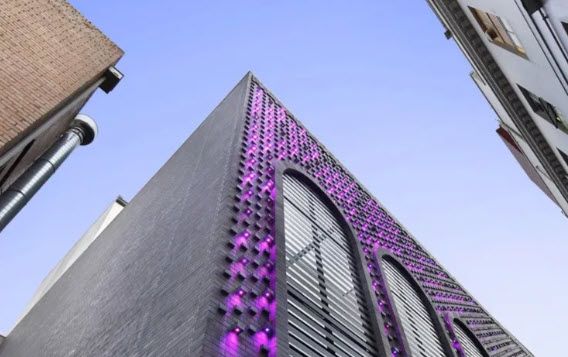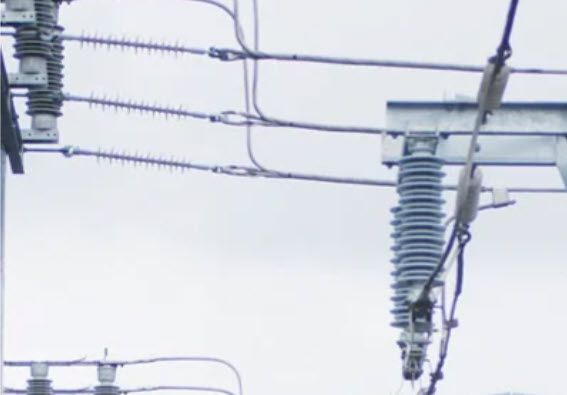Embedded networks may include apartment blocks, retirement villages, caravan parks and shopping centres.
An embedded network is formed when the connection point to our distribution network functions like a parent connection point. This has multiple end-user connection points – or ‘children’ – linked in. Each of the end-user connections has their own meters to measure electricity consumption.
In this structure, the electrical installation is configured in such a way that the owner of the site (for example, a shopping centre manager), can on-sell electricity to all the occupants.
The connection process varies depending on the type of embedded network.
From 1 January 2025, new requirements apply to connect solar PV to an embedded network. Click here to access high-level guidelines outlining the requirements.

Greenfield embedded networks
For new connections in new developments that have no existing supply or metering.

From embedded network to distribution connect
To wind up an embedded network and transfer to a distributor connection.
Looking for something else in
Industry partners
Explore another page
- Connection requests and processes
- Network upgrades with mySupply
- Permits
- Renewable generation
- Registered Electrical Contractor (REC) resources
- Endorsement for wholesale demand response
- Energy retailer resources
- Contractor and supplier resources
- Solar installers
- Working near powerlines
- Completion of works form







